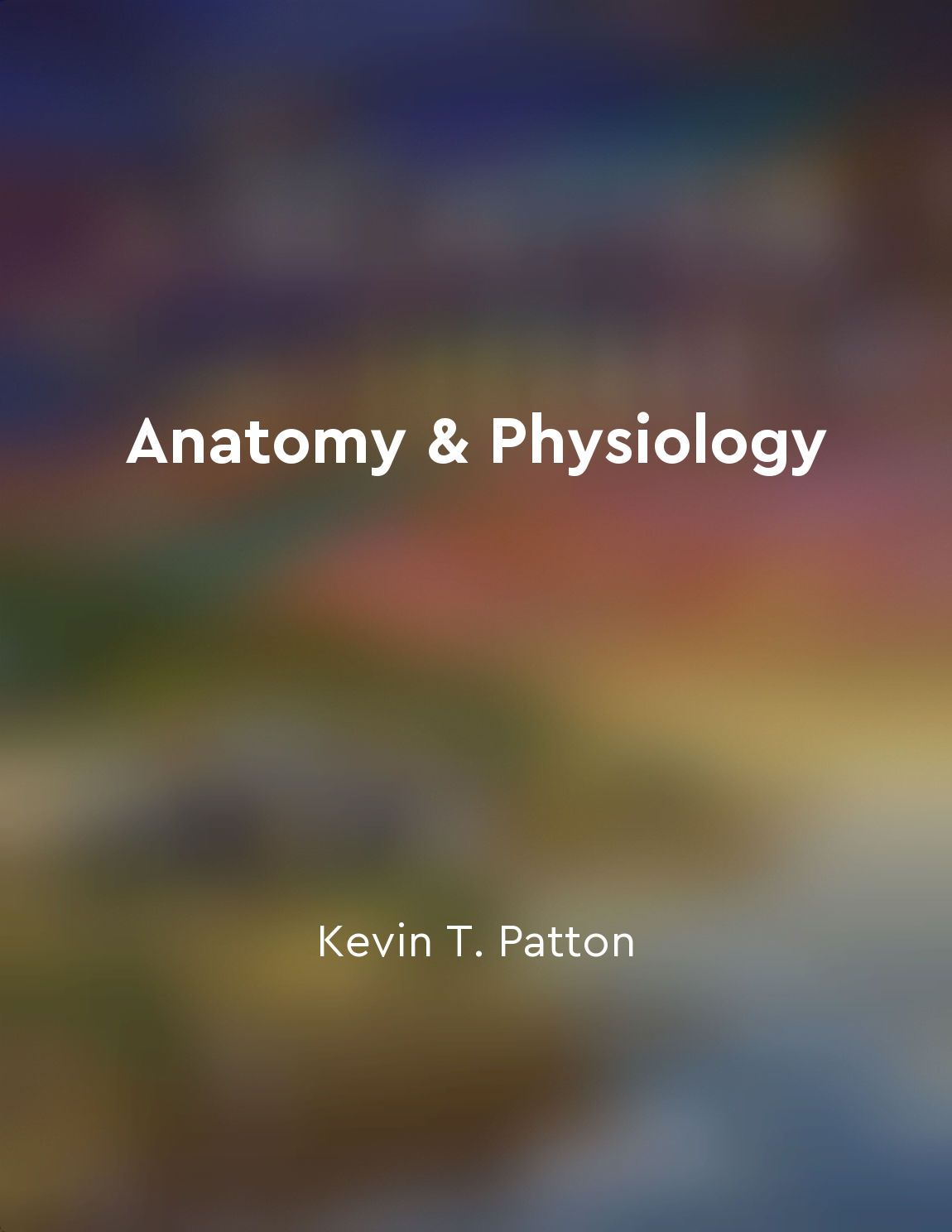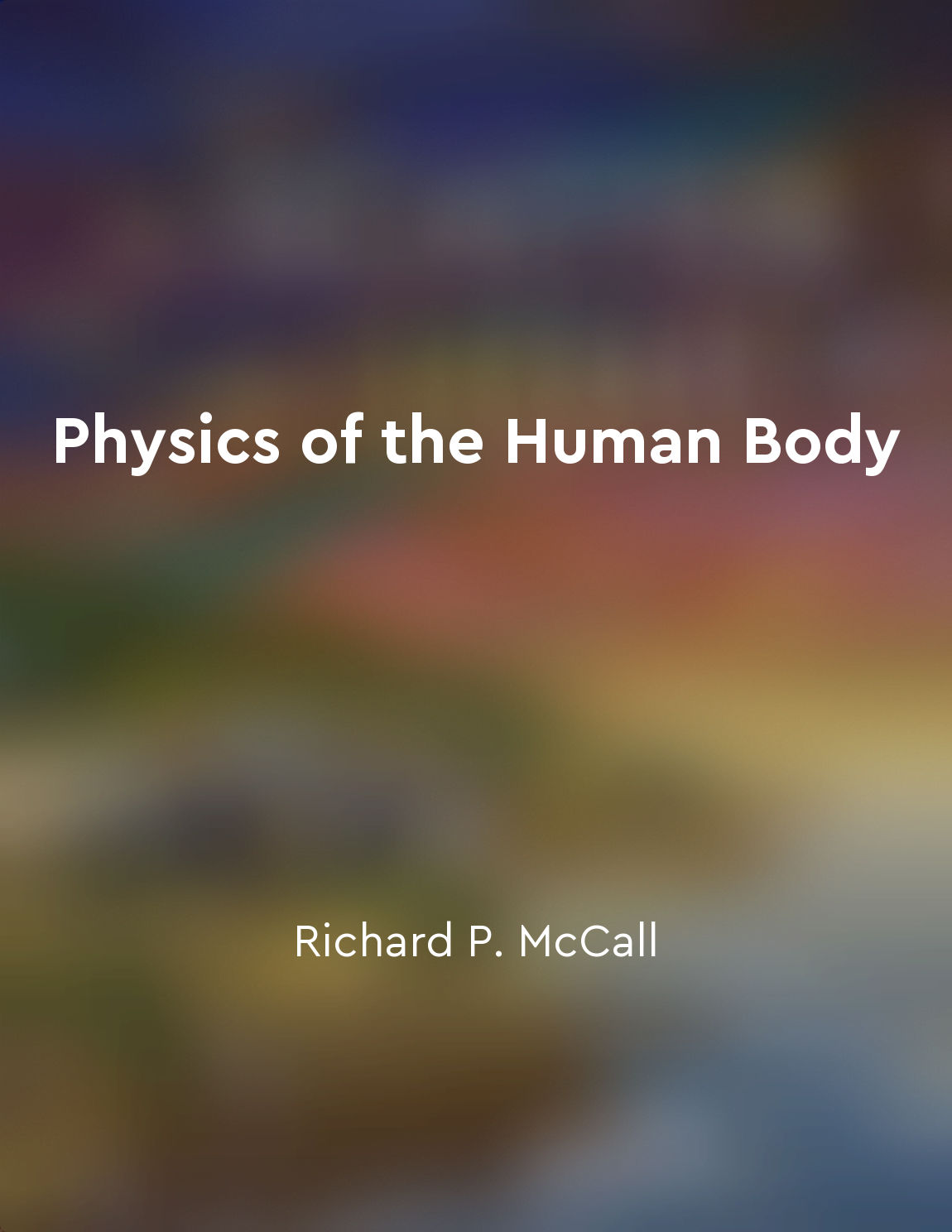Blood vessels transport oxygen and nutrients to tissues from "summary" of Anatomy & Physiology by Kevin T. Patton
Blood vessels play a crucial role in the delivery of oxygen and nutrients to tissues throughout the body. These vessels form an extensive network that allows for the efficient distribution of vital substances needed for cellular function. Arteries are responsible for carrying oxygen-rich blood away from the heart and towards the tissues. As blood travels through the arteries, it branches into smaller vessels known as arterioles, which further divide into even smaller capillaries. Capillaries are the smallest blood vessels in the body and are where the exchange of oxygen and nutrients occurs between the blood and the tissues. Once oxygen and nutrients have been delivered to the tissues, waste products such as carbon dioxide are picked up and transported back to the heart through the venous system. Veins carry oxygen-poor blood back to the heart, where it is then pumped to the lungs for oxygenation. The intricate network of blood vessels ensures that every cell in the body receives the necessary oxygen and nutrients for survival. Without this constant supply, tissues would not be able to carry out their essential functions, leading to cellular damage and ultimately, organ failure. In summary, blood vessels form a complex system that is essential for the delivery of oxygen and nutrients to tissues throughout the body. This process is vital for maintaining the health and function of all organs and systems within the body.Similar Posts
Prevention is key to maintaining good health
Prevention is an essential concept in maintaining good health. It involves taking proactive measures to avoid illness and disea...

The human body is made up of multiple systems
The human body is a complex organism that is composed of various systems working together to maintain homeostasis. Each system ...

Blood vessels transport oxygen and nutrients to tissues
Blood vessels play a crucial role in the delivery of oxygen and nutrients to tissues throughout the body. These vessels form an...

The body's center of mass influences stability
One key factor that plays a significant role in determining an individual's stability is the location of their body's center of...
